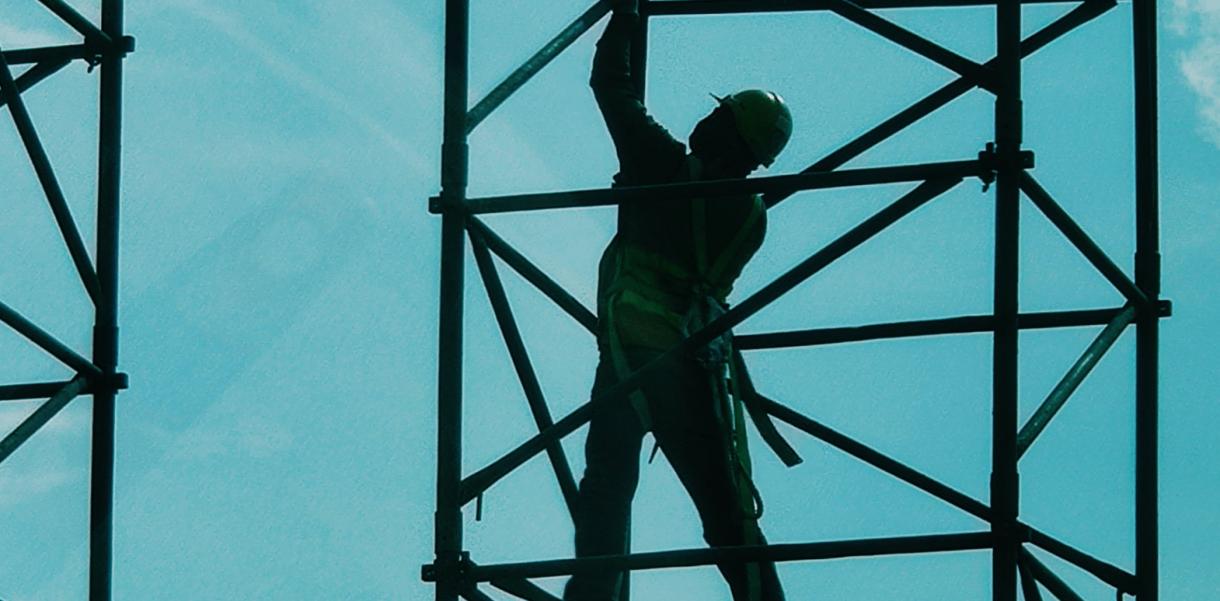The world is facing one of the biggest biodiversity crises in history and it's largely man-made. According to a UN report from 2019, up to one million plant and animal species are threatened with extinction. We've built cultures and societies all over the world where nature is systematically reduced to landscaped parks, fields (for farmers) and industrial forests. The rainforest is being felled, and the illegal collection of wood and rare plants takes place almost undisturbed in many places. Most of the world's remaining wildlife has been reduced to a few areas spread across primarily five countries: Australia, Brazil, Canada, Russia and the United States.
If you dig even deeper into the scientific data, you can see that only 3% of the world's remaining nature can actually be characterized as wild. It's a frightening development, especially when you consider that just 150 years ago we had a world that consisted almost entirely of wild nature. But our understanding of what wild nature is, is also changing.
A gap has been created between humans and nature, a gap we don't fully see and comprehend. But if we did, we'd be horrified and would do much more to protect it. But the problem is simply that the vast majority of people today no longer have any nuanced language for the elements of nature. Therefore, we don't take our conservation efforts further.
"Only 3% of the world's remaining nature can actually be characterized as wild."
In the design thinking methodology, we're very focused on always having a user as the focus of our process. We have different approaches that help us build empathy and understanding for this user and the user's context. One of those exercises we call a Persona. This exercise makes us, as design-thinkers, aware that we always make a solution for a specific someone – a solution that has to improve their personal terms and conditions in life.
We could try this simple but effective exercise with nature to build more empathy for it. We could give nature a Persona.
To start, let's mention specific organisms by name. This way, they become something special. We can see them more clearly and we become much more aware of exactly what it is that we're in danger of losing if we can name them.
Plants play a huge role in our natural world, and if we establish an ambition that everyone should know just 50 or even better, 100 plant species by name, then we'll stand much stronger when we have a conversation about nature. When you know your plants, you spot them. When you see them, you talk about them. And when we talk about them, hopefully, there's a greater likelihood that we'll make an effort to protect them and their habitats.
In this way, we would get a more nuanced language for the elements of nature and thereby become better at taking care of it.
According to the Danish Biological Association, there are three dominant theoretical views of nature:
- The productive nature – a view that sees nature as a resource for humans to exploit and build our production and prosperity on;
- Recreational nature – a view that sees nature as a place for people to develop recreationally to achieve well-being and health;
- The wild nature – a view that sees nature as valuable in itself, which is why nature must remain wild and as unaffected by humans as possible.
All three views of nature are expressed to a greater or lesser extent by us as individuals. They overlap and our view of nature can be much more complex than just the three categories. But it's still interesting to explore this division.
"Collective knowledge of organisms would take us much further in the battle to save biodiversity, and subsequently, fight climate change."
I believe collective knowledge of organisms would take us much further in the battle to save biodiversity, and subsequently, fight climate change. We must give nature that Persona to build the necessary empathy and make it simpler and more accessible for us humans to care for it. And you don't have to sit in the middle of nature to do this exercise. You absolutely don't need to jump into a canoe and row along rivers and streams in all kinds of weather and sleep under the open sky to be close to nature. You can easily protect nature that is close to you even if you live in the city.
And through architecture and design, we can begin to think about how we put nature at the centre of development. We can try to learn from nature and observe how the plants and trees live in their context and try to design our objects so that they become part of that cycle.
But first of all, let's make a list of the first 50 organisms we want to learn the names of, and then 50 more, and maybe 50 more.
Sources: Louise Isager Ahl, Statens Naturhistoriske Museum, Gjerløff & Vad




